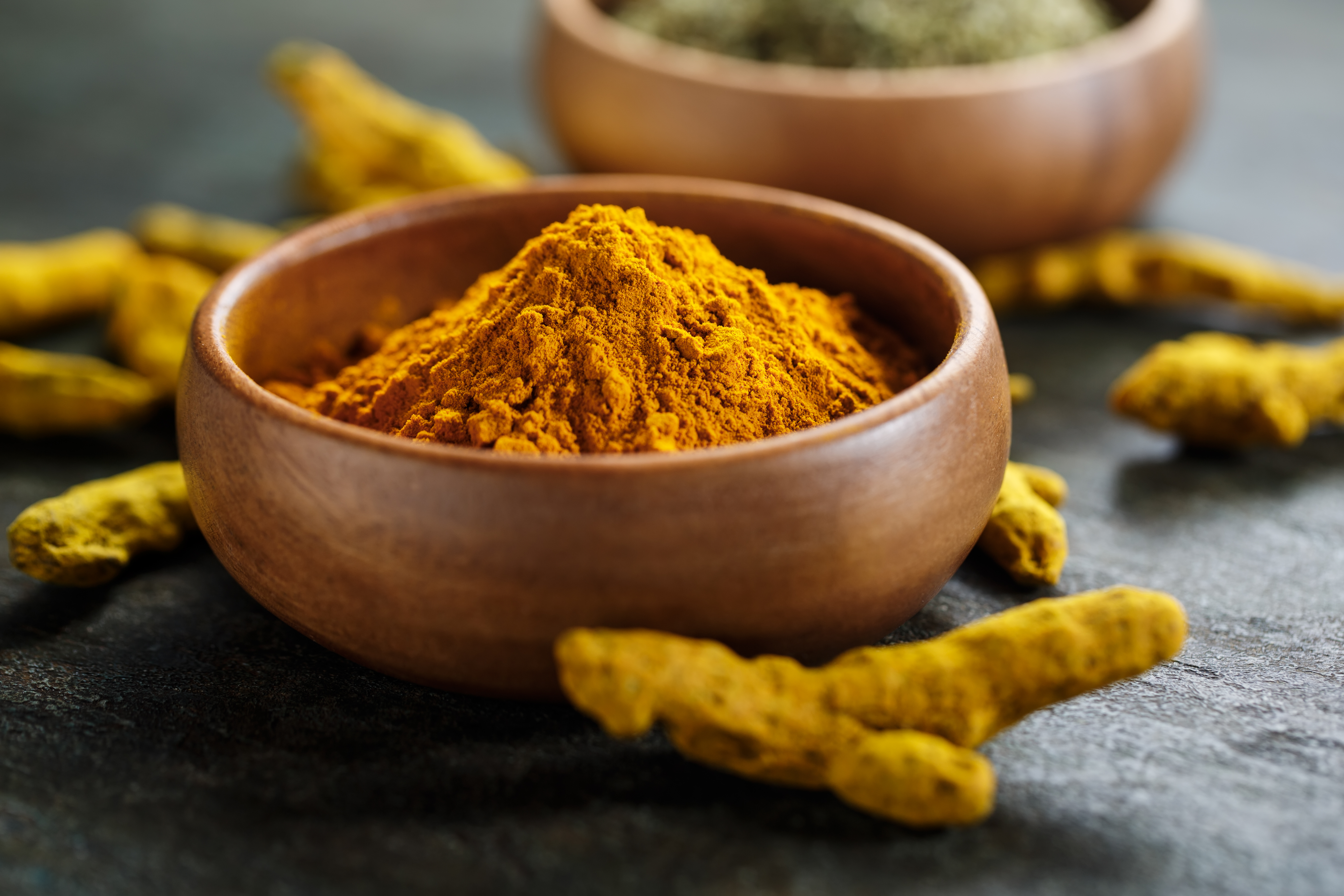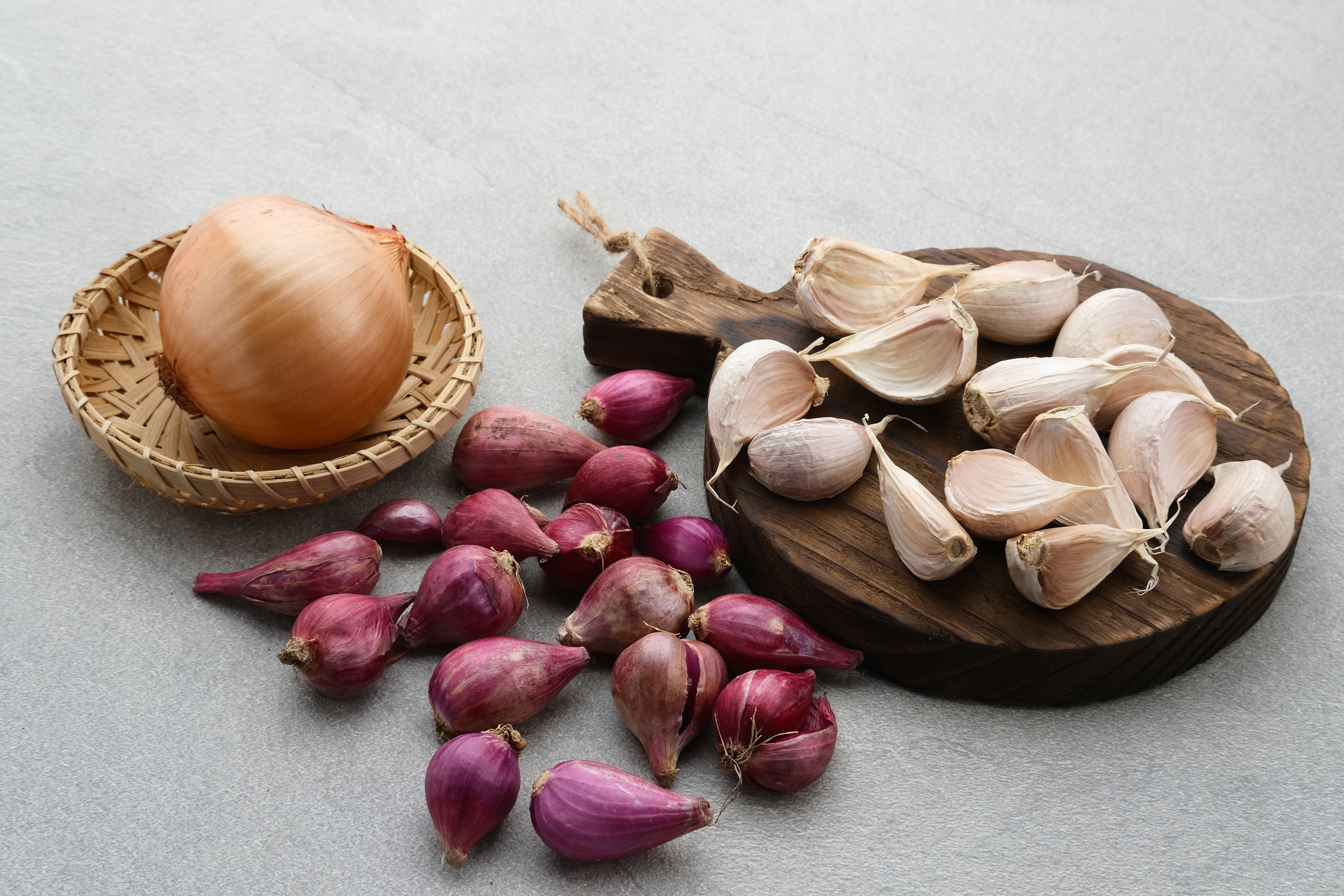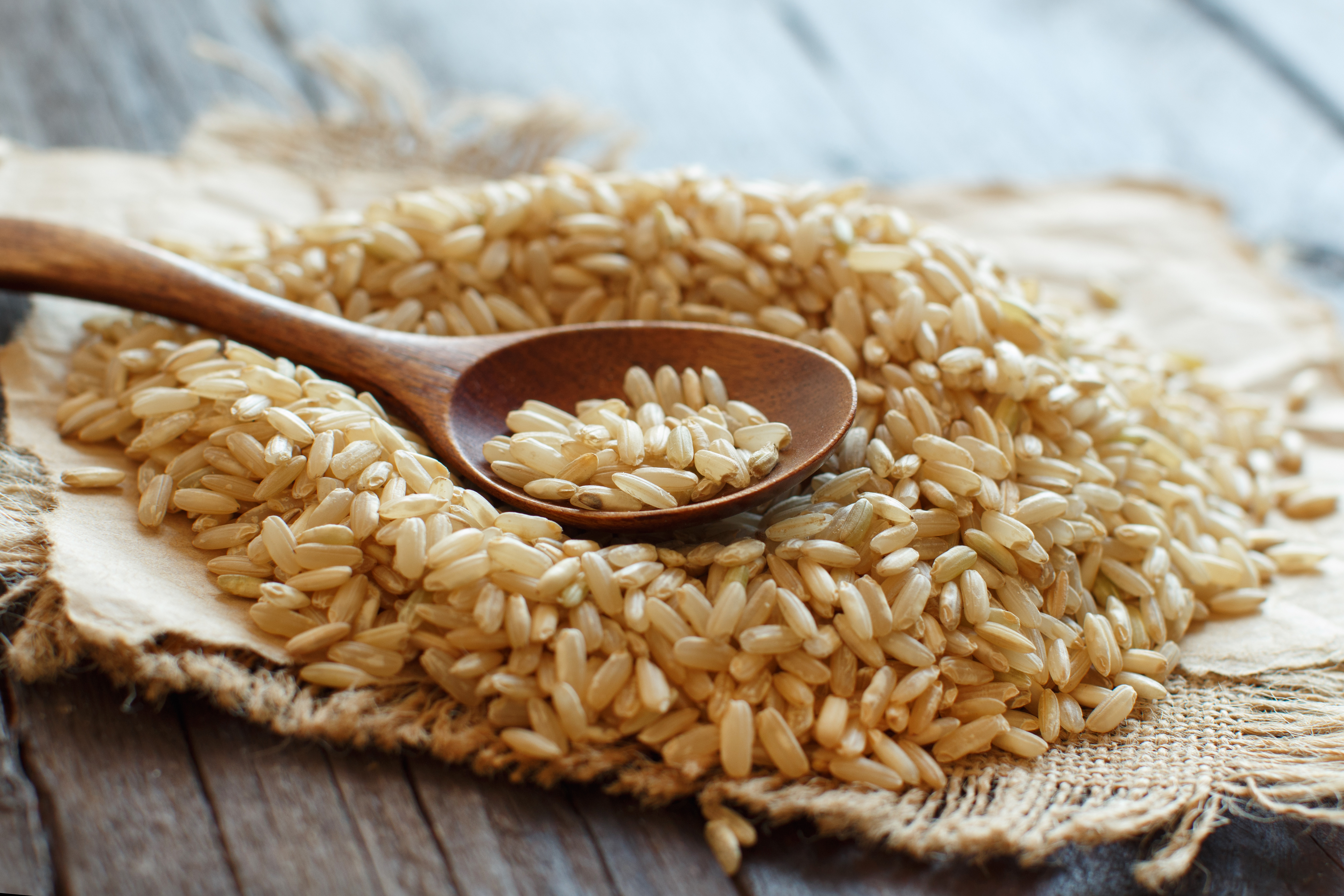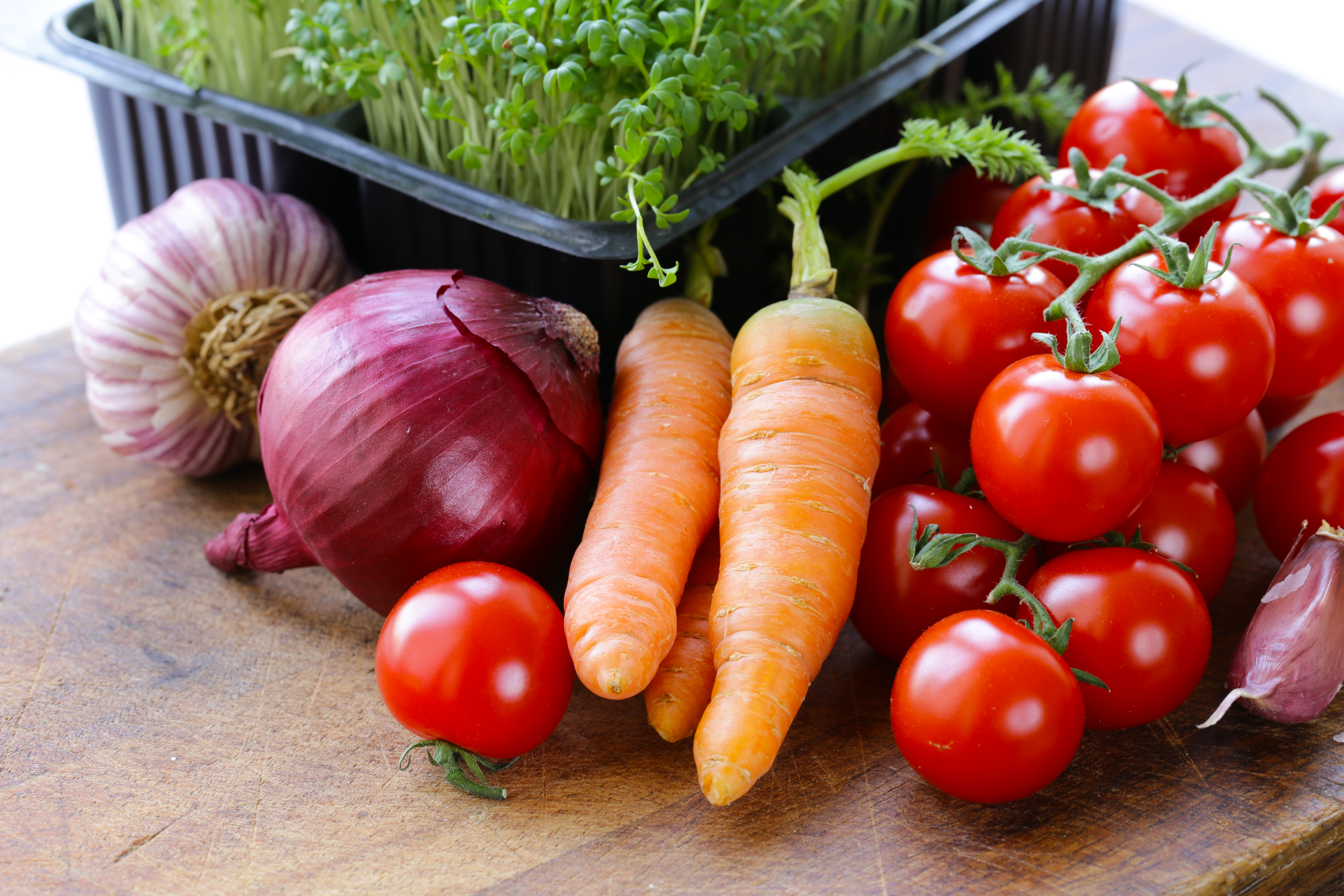11 'Joint-Friendly' Dinner Ideas to Reduce Daily Inflammation
In the modern culinary landscape, the quest for meals that are both delicious and beneficial to health is more prominent than ever. As more people become aware of the impact of diet on overall well-being, the search for foods that can aid in reducing inflammation, particularly in the joints, has intensified. Inflammation is a natural response of the immune system, but chronic inflammation can lead to conditions such as arthritis, causing pain and discomfort. This article explores the delightful intersection of taste and health by presenting 11 dinner ideas that are not only mouthwatering but also help in reducing joint inflammation. Each meal is crafted with ingredients known for their anti-inflammatory properties, offering a dual benefit of flavor and relief. As we delve into these dinner ideas, we will also explore the science behind the ingredients, providing a comprehensive guide to enjoying your meals while supporting joint health.
1. Understanding Inflammation and Its Impact on Joints

Inflammation is a complex biological response to harmful stimuli, such as pathogens, damaged cells, or irritants. When inflammation becomes chronic, it can lead to diseases like rheumatoid arthritis, where the immune system mistakenly attacks the joints, causing pain and swelling. Understanding the mechanisms of inflammation is crucial for managing it effectively. Chronic inflammation is often fueled by poor dietary choices, stress, and a sedentary lifestyle. Foods high in sugar, trans fats, and refined carbohydrates can exacerbate inflammation, making it essential to opt for a diet rich in anti-inflammatory foods. By incorporating specific nutrients and ingredients into our meals, we can help modulate the body's inflammatory response, potentially reducing joint pain and improving quality of life.
2. The Role of Omega-3 Fatty Acids

Omega-3 fatty acids are among the most potent anti-inflammatory compounds found in nature. They are essential fats that the body cannot produce on its own, necessitating their inclusion in our diet. Omega-3s are primarily found in fatty fish, such as salmon, mackerel, and sardines, as well as in plant sources like chia seeds and flaxseeds. These fatty acids work by inhibiting the production of inflammatory molecules and enzymes, thus reducing inflammation. Regular consumption of omega-3-rich foods can lead to a marked decrease in joint pain and stiffness, particularly in individuals with arthritis. Incorporating meals that feature these ingredients not only adds variety to your diet but also provides a natural way to combat inflammation.
3. Harnessing the Power of Turmeric

Turmeric, a vibrant yellow spice commonly used in Indian cuisine, has gained attention for its powerful anti-inflammatory properties. The active compound in turmeric, curcumin, has been extensively studied for its ability to reduce inflammation and pain in conditions like arthritis. Curcumin works by blocking inflammatory pathways and inhibiting the activity of inflammatory enzymes. However, curcumin's bioavailability is relatively low, meaning the body does not absorb it easily. To enhance absorption, it is often recommended to consume turmeric with black pepper, which contains piperine, a compound that increases curcumin absorption significantly. By incorporating turmeric into your dinner recipes, you can add a burst of flavor and color to your meals while reaping its health benefits.
4. The Benefits of Leafy Greens

Leafy greens, such as spinach, kale, and collard greens, are nutritional powerhouses packed with vitamins, minerals, and antioxidants. These vegetables are particularly rich in vitamin K, which plays a crucial role in bone health and has been shown to reduce inflammatory markers in the body. Additionally, leafy greens contain chlorophyll, which has anti-inflammatory properties and aids in detoxifying the body. Including a variety of leafy greens in your diet can help alleviate joint pain and improve overall health. They are incredibly versatile and can be used in salads, soups, stews, and more.
5. The Magic of Garlic and Onions

Garlic and onions are staple ingredients in many cuisines and are renowned for their health-promoting properties. Both contain sulfur compounds that have been shown to reduce inflammation and boost the immune system. Garlic, in particular, contains allicin, a compound that has been widely studied for its anti-inflammatory and antioxidant effects. Onions are rich in quercetin, a flavonoid known for its ability to combat inflammation. These ingredients not only enhance the flavor of dishes but also provide a natural way to support joint health. By incorporating garlic and onions into your meals, you can enjoy their robust flavors while benefiting from their anti-inflammatory properties.
6. Exploring the Wonders of Berries

Berries, including blueberries, strawberries, and raspberries, are not only delicious but also packed with antioxidants and anti-inflammatory compounds. They are rich in anthocyanins, which give berries their vibrant color and have been shown to reduce inflammation and oxidative stress. Berries also contain a variety of vitamins and minerals that support overall health. While berries are often associated with breakfast or dessert, they can also be incorporated into savory dishes, adding a unique twist to your dinner menu.
7. The Versatility of Whole Grains

Whole grains, such as quinoa, brown rice, and barley, are excellent sources of fiber, vitamins, and minerals. Unlike refined grains, whole grains retain their bran and germ, which contain essential nutrients that help reduce inflammation. The fiber in whole grains also supports digestive health, which is important for maintaining a balanced immune system. Including whole grains in your diet can help manage weight, reduce inflammation, and improve overall health. They serve as a hearty base for many dishes and can be paired with a variety of proteins and vegetables.
8. Embracing the Goodness of Nuts and Seeds

Nuts and seeds are nutrient-dense foods that provide healthy fats, protein, and a range of vitamins and minerals. They are particularly rich in omega-3 fatty acids and antioxidants, making them excellent choices for reducing inflammation. Almonds, walnuts, chia seeds, and flaxseeds are among the top picks for promoting joint health. These ingredients can be used in a variety of dishes, from salads to main courses, adding texture and flavor while boosting nutritional value.
9. The Impact of Fermented Foods

Fermented foods, such as yogurt, kimchi, and sauerkraut, are rich in probiotics, which are beneficial bacteria that support gut health. A healthy gut microbiome plays a crucial role in regulating the immune system and reducing inflammation. Consuming fermented foods can help balance gut bacteria, leading to improved digestion and reduced inflammatory responses. Including these foods in your diet can contribute to joint health and overall well-being.
10. The Importance of Hydration

Staying hydrated is essential for maintaining healthy joints, as water helps lubricate and cushion them. Dehydration can exacerbate joint pain and stiffness, making it important to ensure adequate fluid intake. While water is the best choice for hydration, other beverages, such as herbal teas and infused waters, can also contribute to your daily fluid needs.
11. Crafting Balanced Meals

Creating balanced meals that combine a variety of anti-inflammatory ingredients is key to supporting joint health. A well-rounded dinner should include a source of lean protein, healthy fats, complex carbohydrates, and plenty of vegetables. By focusing on nutrient-dense foods, you can create meals that are both satisfying and beneficial for your joints.
As we conclude this exploration of joint-friendly dinner ideas, it's clear that the path to reducing inflammation can be both delicious and fulfilling. By incorporating a variety of anti-inflammatory ingredients into your meals, you can enjoy a diverse range of flavors while supporting your joint health. The recipes and ideas presented in this article offer a starting point for creating meals that are not only enjoyable but also contribute to overall well-being. Embrace the power of food as a tool for health, and savor the relief that comes with reduced inflammation and improved joint function.